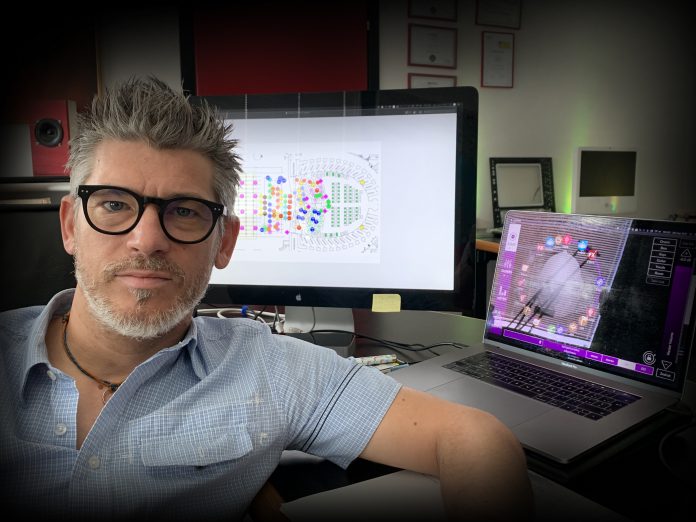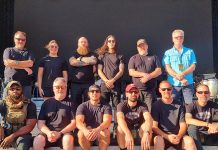The spectacular 17th Century Teatro Municipale in Italy’s Piacenza reopened its doors with a stunning rendition of Verdi’s Requiem. Directed by famous tenor Placido Domingo and performed by the Arturo Toscanini Philharmonic orchestra and the City Theatre Choir, the concert was held in front of a socially distanced in-person and livestream audience, utilising a KLANG:fabrik unit to deliver those at unable to attend with an exceptional 3D audio mix.
Traditionally used for in-ear monitoring, with the emergence of livestreaming, KLANG systems have more recently found favour with productions for spacial audio mixes for online viewers, making their listening experience engaging and immersive.
Federico Bianchi, audio engineer and KLANG specialist for Italian distributor AudioLink, was approached by Acid Studio, the theatre’s technical partner, to work on the mix for the live stream of this special event.
“From the very beginning, I proposed an immersive audio solution,” he recalled. “Recently, many events have been streamed and the opportunity to offer listeners a different, more suggestive and qualitatively superior experience was an idea that I immediately married with this production.”
Bianchi notes that most viewers of this type of event listen with headphones via mobile devices or computers. For him, this made the choice to raise the quality of the audio even more obvious and important.
“There are various systems on the market for immersive audio, but KLANG is the one with the highest quality and algorithms, and it has an easy to use, intuitive interface,” he continued. “Although it was designed to be used as a monitoring system for musicians on stage, the ‘magic box’ is just as easy to use and functional for an immersive mix for the audience. This allows the listener at home to feel more involved, thanks to the ability to reproduce the acoustics of the theatre and give a real perception of the instruments and their true positions.”
The set up in the theatre threw up challenges because of current restrictions, with extra space required between the performers. As a result, the musicians were widely spread, with some on stage, others in the first section of the house, and the choir in the back of the stage a long way from the director, making traditional group miking difficult.
“I tried to capture each individual instrument in the most detailed and precise way, aiming to maintain and preserve the overall sound, which is essential to ensure a natural and realistic result,” said Bianchi.
Around 60 microphones were used for the orchestra, choir and singers, and various microphones were placed around the venue to capture ambience and reverberation, with all inputs going to a DiGiCo SD9 connected to two D2 Racks.
In contrast to the challenges in the theatre, the setup for the KLANG:fabrik was simple. “The user interface and software are so powerful,” said Bianchi. “I setup an initial mix while the show itself was being setup, using my previous experiences as a starting point. Then, after a standard soundcheck, I checked positions and made only few and little adjustments to get a realistic mix. During the performance I’ve only moved few things, following the musical arrangement and trying to focus listeners to specific parts. It was easy!”
Monitoring busses were used only for the choir, the orchestra and the singers, which was necessary given the distances between the performers, with Bianchi sending groups and channels from the SD9 via MADI to the KLANG:fabrik unit. The output from the KLANG was returned to desk, allowing him to perform a quick A/B comparison between 3D and stereo and still have an easy and fast way to manage monitoring and streaming in his control room.
“I tried to enhance the real positions of the various elements by adding some ambient microphones to recreate a proper acoustic,” he reported. “The quality of the immersive mix was immediately appreciated for the naturalness of listening and the definition and intelligibility of each individual instrument. I had only an afternoon to test and optimize everything in the mix, and already after the first hour the result was exceptional, allowing me the remaining time to focus and take care of the smallest details. It was very relaxed.”
Bianchi believes that although the perception of real 3D listening with physical loudspeakers loses some effectiveness, the space, the naturalness, and the definition of single instruments are vastly improved, even listening through a traditional home stereo system.
“This makes KLANG an excellent instrument for this type of application,” he concluded. “During the rehearsals and the event, I was able to do listening tests from the streaming platform and from the desk on different media: various headphones models, studio monitors and computer speakers. There was a superior result in every situation.”






